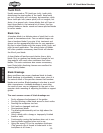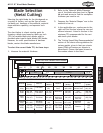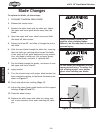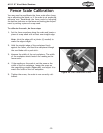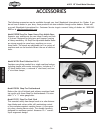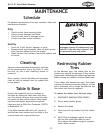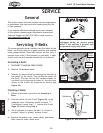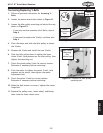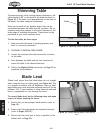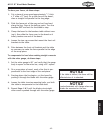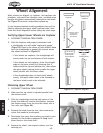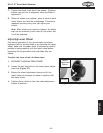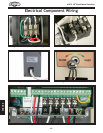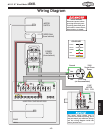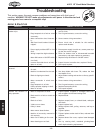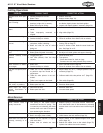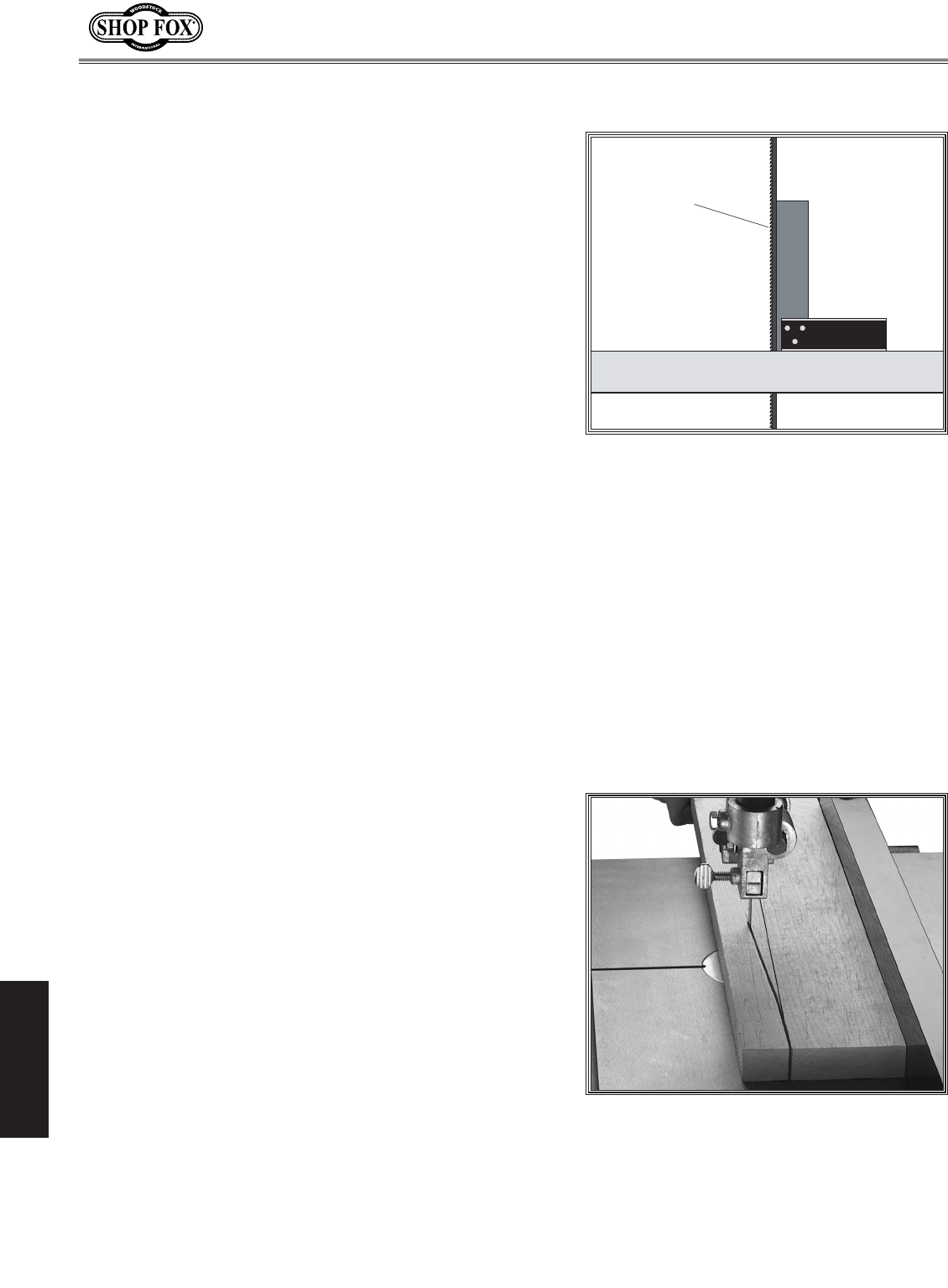
-40-
M1113 18" Wood/Metal Bandsaw
SERVICE
To ensure accuracy when cutting stacked workpieces, the
table should be 90˚ to the back of the blade as shown in
Figure 53. If the table is not perpendicular to the back of
the blade, the table needs to be shimmed.
Shims can be made of any durable object that can be
sandwiched between the table and the trunnions. We rec
-
ommend using shim washers or shim stock because of the
wide range of available thicknesses. These items can be
purchased at your local hardware store.
To shim the table, do these steps:
1. Make sure that the blade is tracking properly and
that it is correctly tensioned.
2. DISCONNECT BANDSAW FROM POWER!
3. Loosen the trunnion bolts that secure the trunnions
to the table.
4. Shim between the table and the two trunnions to
move the table in the desired direction.
5. Follow the Aligning Table instructions on Page 23 to
complete this procedure.
Shimming Table
Figure 53. Squaring table to blade back.
"Blade Lead" means that the blade does not cut straight
when using the fence or miter gauge (see Figure 54). This
is a common condition with all bandsaws. Worn or dam
-
aged blades may cause lead and replacing them will fix the
problem. Still, if your bandsaw is setup correctly and lead
occurs, compensate for it by skewing the fence.
To correct blade lead, do the following steps and make
a test cut before skewing the fence:
1. Ensure that you have proper blade tension (refer to
Page 19).
2. Ensure that the blade guides are adjusted correctly
(refer to
Pages 20 & 21).
3. Ensure that the miter slot or fence is parallel to the
blade (refer to Page 23).
Blade Lead
Figure 54. Blade leading away from line of
cut.



